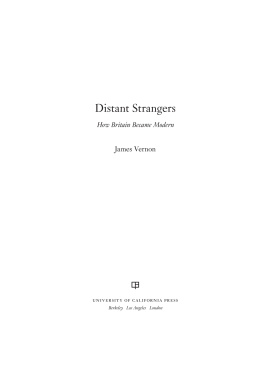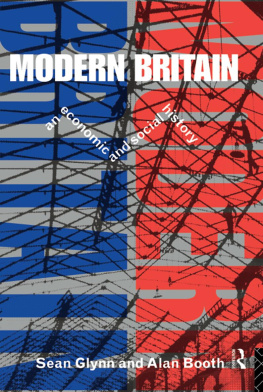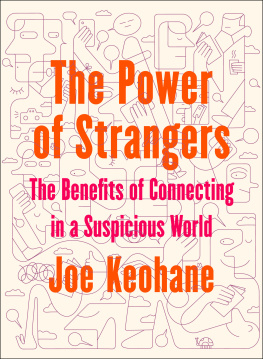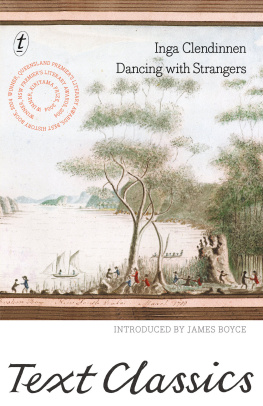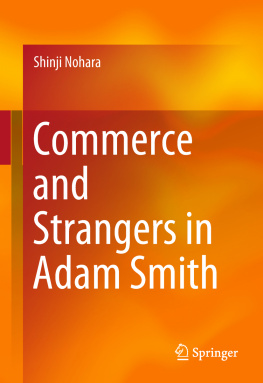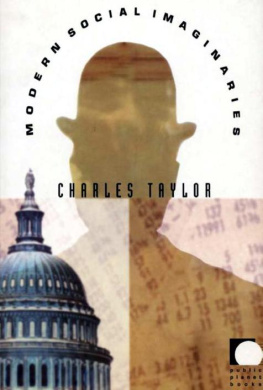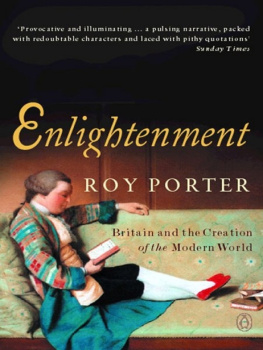BERKELEY SERIES IN BRITISH STUDIES
Edited by Mark Bevir and James Vernon
The Peculiarities of Liberal Modernity in Imperial Britain, edited by Simon Gunn and James Vernon
Dilemmas of Decline: British Intellectuals and World Politics, 19451975 , Ian Hall
The Savage Visit: New World People and Popular Imperial Culture in Britain, 17101795 , Kate Fullagar
The Afterlife of Empire, Jordanna Bailkin
Smyrnas Ashes: Humanitarianism, Genocide, and the Birth of the Middle East, Michelle Tusan
Pathological Bodies: Medicine and Political Culture, Corinna Wagner
A Problem of Great Importance: Population, Race, and Power in the British Empire, 19181973 , Karl Ittmann
Liberalism in Empire: An Alternative History, Andrew Sartori
Distant Strangers: How Britain Became Modern , James Vernon
Distant Strangers
How Britain Became Modern
James Vernon

UNIVERSITY OF CALIFORNIA PRESS
Berkeley Los Angeles London
University of California Press, one of the most distinguished university presses in the United States, enriches lives around the world by advancing scholarship in the humanities, social sciences, and natural sciences. Its activities are supported by the UC Press Foundation and by philanthropic contributions from individuals and institutions. For more information, visit www.ucpress.edu.
University of California Press
Berkeley and Los Angeles, California
University of California Press, Ltd.
London, England
2014 by The Regents of the University of California
Berkeley Series in British Studies, Vol. 9
Library of Congress Cataloging-in-Publication Data
Vernon, James, 1965
Distant strangers : how Britain became modern/James Vernon.
pages cm.(Berkeley series in British studies, vol. 9)
Includes bibliographical references and index.
ISBN 978-0-520-28203-2 (cloth : alk. paper)
ISBN 978-0-520-28204-9 (pbk. : alk. paper)
ISBN 978-0-520-95778-7 (e-book)
1. Great BritainCivilization. 2. Social changeGreat BritainHistory. 3. Civilization, Modern. 4. Civilization, ModernBritish influences. I. Title.
DA 110. V 47 2014
941dc23
2013045356
Manufactured in the United States of America
23 22 21 20 19 18 17 16 15 14
10 9 8 7 6 5 4 3 2 1
In keeping with a commitment to support environmentally responsible and sustainable printing practices, UC Press has printed this book on Natures Natural, a fiber that contains 30% post-consumer waste and meets the minimum requirements of ANSI/NISO Z 39.481992 ( R 1997) ( Permanence of Paper ).
To Alf
CONTENTS
LIST OF FIGURES
PREFACE
This book explores the greatest historical transformation of the past three centuries and quite possibly of all time. It asks how we became modern and examines the character of modern life that is sometimes described as modernity. It does so by showing how a profoundly new and modern social condition emerged in Britain between the middle of the eighteenth and the end of the nineteenth centuries. The rapid expansion of the population, and its increasing mobility over ever-greater distances, created a society of strangers. This raised a series of problems for the conduct of economic, political, and social life. Old forms of authority, association, and exchange, rooted in personal and local relations, were increasingly inadequate or impossible. They were slowly displaced by increasingly abstract and bureaucratic ways of making economic, social, and political relations between distant strangers possible. Yet this did not lead to the disenchantment of the modern world, because new forms of bureaucratic abstraction catalyzed, and were made possible by, a reanimation of the local and the personal. The modern condition was, then, not just the novel experience of living in a society of strangers but the dialectical process through which the forms of authority, affect, and exchange were remade.
There are good reasons to suggest that Britain was the first country to undergo this transformation and become modern. I am, however, less interested in whether Britain was the first modern society or made the modern world (as countless book titles and university classes have suggested) than in whether this understanding of modernity makes sense when applied elsewhere. In the past few decades, historians, like other social scientists, have come to believe that every society can become modern in its own way and that there are a potentially infinite number of alternative experiences of modernity. It is my contention that this evacuates the term modernity of any meaning or analytical utility. So the real purpose of this book, and the reason why it might be of interest to people not interested in Britain, is to suggest that if the category of modernity is to be at all analytically useful it must capture a singular condition or process that all societies experience, albeit in their own peculiar ways.
So unfashionable is this argument that I need to begin by explaining why I am making it. Over the past generation historians have contrived to make history more interesting by emphasizing how less and less happened. For sure, we have made history more democratic by making it global and including more and more people, animals, and even things, but our explanations of historical change have become so complex that we are in danger of making history decidedly uneventful. Nowhere is this more apparent than in the history of Europe. From the late nineteenth century, the modern discipline of history arose to make sense of Europes past, and it did so around a clear narrative of the making of the modern world (sometimes described in the United States as the rise of Western civilization). That story was punctuated by a series of foundational and transformative events like the Renaissance, the Reformation, the Enlightenment, the Industrial Revolution, and the rise of the nation-state. As historians have become more suspicious of this narrative, more conscious of those people in Europe excluded from it and of the rival claims of other historical civilizations, they have revised and qualified it. All those once foundational events are now considered to have a more complex history. They are portrayed as less transformative, the result of long and uneven processes of change that spread over centuries and increasingly generous geographies. The old history of one damned revolutionary transformation after another has given way to a more modest history of continuities and uncertainties.
As Britain often held a fabled place in the latter stages of this history as the home of the Industrial Revolution, it became an important historiographical battleground. The first signs of the gathering storm were evident in the 1930s when Sellar and Yeatmans 1066 and All That parodied the triumphalist drums and trumpet version of British history taught in schools, and J.H. Claphams voluminous An Economic History of Modern Britain queried the rapidity and scale of Britains Industrial Revolution. The clouds burst after the Second World War, when American modernization theory celebrated what it portrayed as Britains almost miraculous combination of rapid industrialization with relative political and social stability. By the 1970s, few historians accepted such a view and emphasized instead the scale of social and political conflict in the face of the stubborn grip of Britains ancien regime and the long duree of its economic transformation. Big-bang models of change gave way to ones characterized by long and uneven whimpers. For some, Britain had not only not made the modern world but had never been modern herself.

